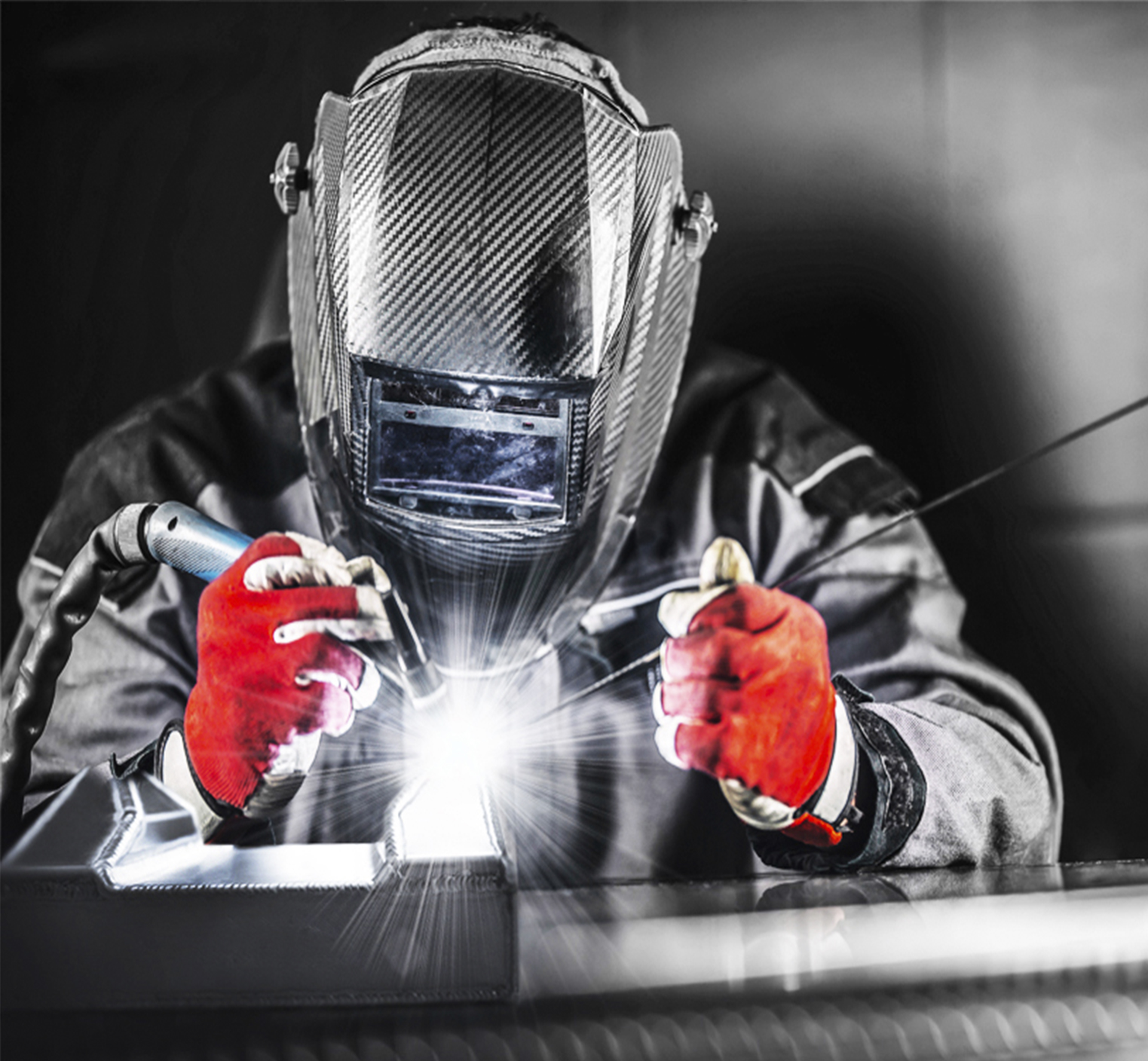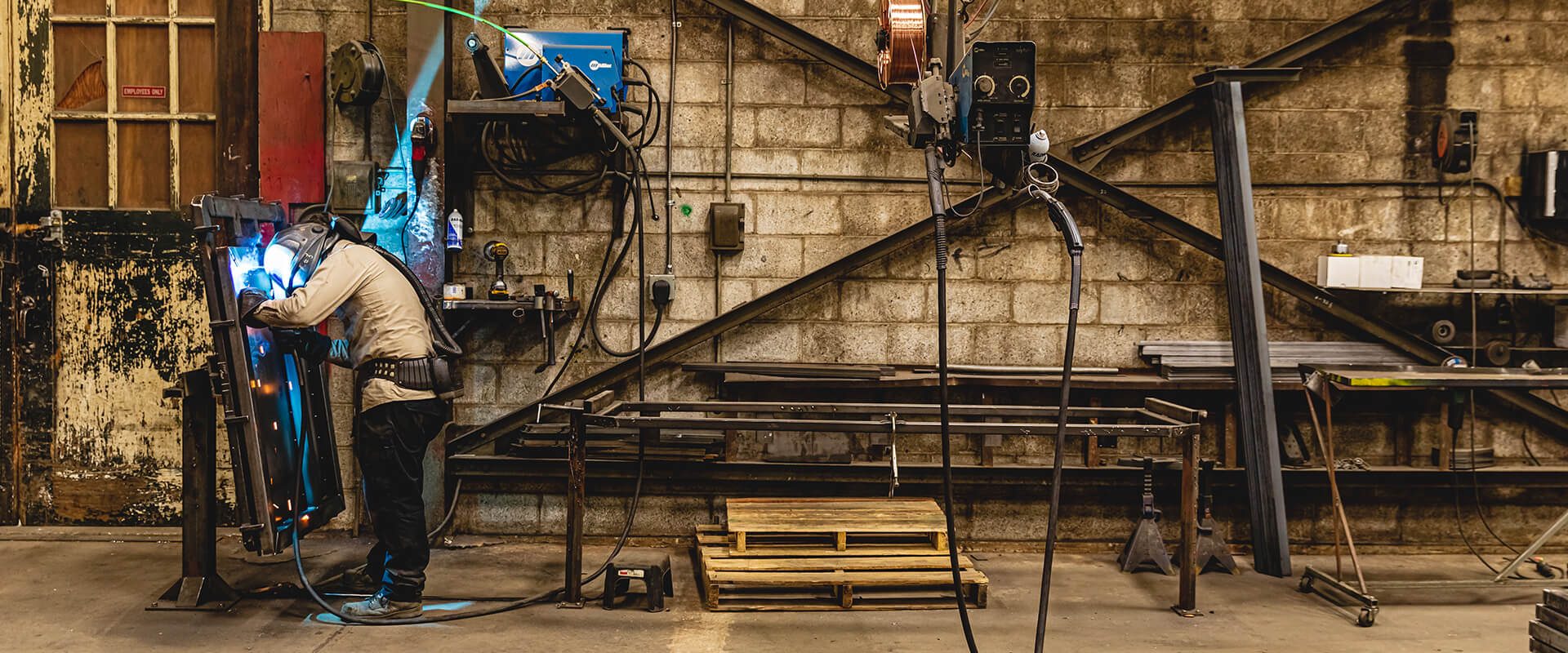Common Welding Repair Work Issues and Just How to Address Them Properly
Welding repair work usually come across a series of issues that can threaten the honesty of the last item. Typical issues consist of poor infiltration, porosity, and imbalance, amongst others. Each problem provides distinct obstacles that call for particular approaches for resolution. Recognizing these concerns is important for welders intending to improve their results and skills. This conversation will check out these usual welding repair service issues and efficient methods to resolve them.
Poor Penetration
Inadequate penetration occurs when the weld steel fails to fully fuse with the base product, resulting in weak joints and possible architectural failings. This concern commonly comes from not enough heat input, incorrect electrode angle, or incorrect welding rate. Welders might come across insufficient infiltration as a result of a miscalculation of the needed criteria for a certain material density or kind. In addition, contamination on the base material's surface can hinder effective bonding, worsening the issue. To deal with poor infiltration, welders should ensure ideal setups on their devices and keep a clean work surface area. Normal examination of welds is advised to identify any type of shortages early, permitting prompt modifications and the avoidance of compromised structural integrity in bonded settings up.
Porosity
Porosity is a common defect in welded joints that shows up as small gas bubbles entraped within the weld metal. This flaw can jeopardize the integrity of the weld, bring about minimized strength and possible failing under stress. Montana Mobile Welding and Repair Welding. Porosity usually develops from contamination, moisture, or incorrect welding strategies, which enable gases to get away into the molten weld swimming pool. To address porosity, welders should ensure proper surface preparation, keep a tidy workplace, and utilize ideal welding specifications. Additionally, picking the right filler product and shielding gas can alleviate gas entrapment. Normal inspection and screening of welds can assist identify porosity early, ensuring timely restorative activities are taken, thus maintaining the top quality and reliability of the bonded framework
Misalignment
Misalignment in welding can arise from different elements, including incorrect configuration and thermal expansion. Recognizing the origin is necessary for effective resolution. Several improvement strategies are available to realign components and assure architectural honesty.
Reasons for Imbalance
Welding imbalance frequently comes from a variety of underlying problems that can endanger structural integrity. One key cause is inappropriate fit-up of parts before welding, which can result in gaps and irregular surfaces. Variants in thermal expansion throughout the welding procedure can additionally lead to distortion, specifically if the products being joined have various coefficients of development. Furthermore, insufficient fixturing and securing may stop working to hold components firmly in position, causing motion throughout welding. Improperly maintained tools, consisting of welding machines and devices, may present variances in the weld bead, further adding to imbalance. Finally, operator error, stemming from insufficient training or experience, can also play a significant function in producing misaligned welds.
Modification Techniques Offered
Addressing imbalance effectively needs a mix of rehabilitative strategies customized to the particular concerns available. One typical technique is using components or jigs to hold components in the correct position during welding, making certain regular placement. Additionally, preheating the products can help in reducing distortion and enhance fit-up. For considerable imbalance, mechanical adjustment techniques, such as using hydraulic jacks or clamps, can be employed to remedy the position prior to welding. Post-weld warmth therapy may additionally be required to relieve anxieties brought on by misalignment. Mindful inspection and adjustment during the arrangement stage can stop imbalance concerns from becoming significant problems, promoting a smoother welding procedure and improving total architectural stability.
Distortion
Distortion is an usual difficulty in welding that can emerge from numerous elements, consisting of uneven heating & cooling. Recognizing the causes of distortion is important for implementing reliable avoidance techniques. Addressing this issue not just boosts structural stability but also enhances the general top quality of the weld.
Sources of Distortion
When based on the intense heat of welding, materials usually undertake adjustments that can lead to distortion. This phenomenon largely develops from thermal growth and tightening during the welding procedure. As the weld location heats up, the product increases; upon air conditioning, it contracts, which can create internal anxieties. Furthermore, irregular home heating throughout a workpiece can exacerbate these stress and anxieties, causing warping or flexing. The kind of product likewise plays a substantial role; metals with differing thermal conductivity and coefficients of expansion might respond differently, leading to uncertain distortions. Poor joint layout and inadequate fixturing can contribute to imbalance throughout welding, raising the chance of distortion. Recognizing these reasons is necessary for effective welding repair and prevention methods.
Prevention Techniques
Effective prevention methods for distortion throughout welding concentrate on managing warmth discover this input and guaranteeing correct joint layout. Preserving a regular heat input aids to minimize thermal expansion and tightening, which can bring about distortion. Utilizing strategies such as pre-heating the work surface can additionally lower the temperature level slope, advertising uniform home heating. Furthermore, picking suitable joint styles, such as T-joints or lap joints, can improve stability and decrease anxiety concentrations. Applying proper fixturing to safeguard the work surfaces in place further aids in keeping positioning throughout the welding procedure. Finally, staggered welding sequences can distribute heat much more uniformly, protecting against localized distortion. By applying these methods, welders can significantly lower the possibility of distortion and enhance the overall high quality of their welds.
Splitting
Breaking is a common problem run into in welding repair work, commonly arising from different variables such as incorrect air conditioning prices, product option, or inadequate joint preparation. The incident of splits can substantially endanger the stability of the weld, leading to potential failings during operation. To address this concern, welders have to initially assess the source, guaranteeing that materials work and suitably selected for the particular application. Furthermore, controlling the air conditioning rate throughout the welding process is necessary; fast air conditioning can generate stress and lead to splitting. Correct joint design and prep work also contribute to minimizing the danger. Carrying out these approaches can improve weld quality and resilience, ultimately minimizing the chance of breaking in finished weldments.

Insufficient Blend
A significant concern in welding repair services is insufficient blend, which occurs when the weld steel does not appropriately bond with the base material or previous weld passes - Montana Mobile Welding and Repair Belgrade Fabrication. This flaw can result in weaknesses in the joint, possibly compromising the honesty of the welded framework. Factors adding to insufficient fusion consist of inadequate warm input, inappropriate welding strategy, and contamination of the surface areas being joined. To resolve this problem effectively, welders must guarantee proper pre-weld cleansing and surface area preparation, as well as readjust their welding specifications to achieve ample infiltration and blend. Normal evaluation throughout the welding procedure can also help identify incomplete combination early, permitting timely restorative steps to enhance the general high quality of the weld
Overheating
While welding repair work can enhance architectural integrity, overheating offers a significant challenge that can cause material deterioration. Too much heat throughout welding can alter the mechanical residential or commercial properties of steels, causing minimized toughness, enhanced brittleness, and bending. This phenomenon is especially vital in high-stress applications where structural integrity is extremely important. Identifying getting too hot can include aesthetic assessments for staining or distortion, along with keeping track of Learn More temperature during the welding procedure. To minimize the threats related to getting too hot, welders need to use appropriate strategies, such as managing warmth input, changing travel speed, and using appropriate filler materials. In addition, carrying out pre- and post-weld heat therapies can assist bring back product buildings and boost the overall top quality of the repair service, guaranteeing lasting efficiency and security.
Regularly Asked Concerns
What Are the Typical Indications of a Welding Issue?

How Can I Evaluate My Welds for High quality?
To evaluate welds for quality, one can utilize visual evaluations, ultrasonic screening, and radiographic methods. Each technique assures architectural honesty, identifies problems, and verifies adherence to specified criteria, eventually boosting the integrity of the bonded joints.
What Security Preventative Measures Should I Take While Welding?
When welding, one should focus on security by using appropriate individual protective tools, making sure correct ventilation, securing flammable products away, maintaining a tidy workspace, and knowing surroundings to stop injuries and accidents.
Can I Repair a Weld Without Renovating the Entire Joint?
Repairing a weld without renovating the whole joint is feasible, depending upon the damages (Montana Mobile Welding and Repair Belgrade Fabrication). Strategies such as grinding, including filler material, or utilizing a welding procedure can efficiently attend to specific imperfections while maintaining the surrounding framework
What Equipment Are Essential for Reliable Welding Fixes?
Necessary tools for reliable welding repair work consist of a welding maker, wire brush, mill, protective gear, clamps, and filler products. Each tool plays a crucial role in guaranteeing quality and safety and security throughout the repair procedure. Porosity usually develops from contamination, moisture, or inappropriate welding techniques, which allow gases to escape right into the liquified weld pool. Poorly maintained devices, including welding machines and tools, might present disparities in the weld bead, more contributing to imbalance. When subjected to the extreme warmth of welding, products frequently undertake modifications that can lead to distortion. Fracturing is a common concern come across in welding fixings, often resulting from different factors best tungsten for aluminum such as improper cooling prices, material selection, or poor joint preparation. A substantial problem in welding repair work is insufficient blend, which takes place when the weld steel does not sufficiently bond with the base material or previous weld passes.